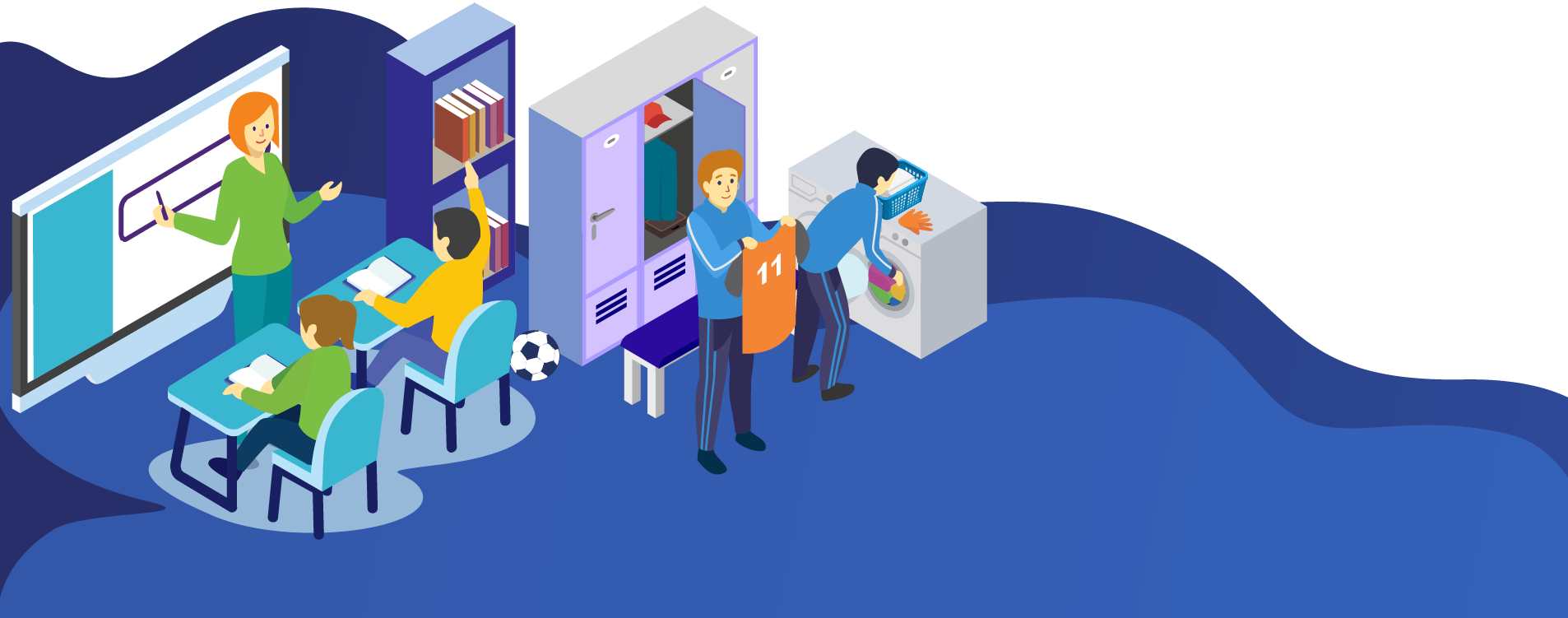How to design your own educational apps for iPads
Learn more about how you can design your very own educational apps, and the technology available to help you do so, in our latest blog.

With iPads and smartphones being fixtures in today’s tech-oriented society, it’s something of a no-brainer to make use of this technology as a tool for learning.
There are many educational apps out there to choose from, but if you can’t find exactly what you’re looking for the next step could be to design your own. Simple, right?
If you’re doubtful, and the prospect of writing lines of code has you running for the school gates, this article will explain the steps to follow to develop and publish your own app.
Stay with us, it might not be as daunting as you think!
What are the benefits of educational apps?
There are many potential advantages of using educational apps, for students and teachers alike. These include: enhanced interaction, with children more engaged with their learning; easy access to a wealth of online resources (e.g. eBooks, PDFs, video clips); round-the-clock availability, as students can access apps outside of the classroom and in their free time; and, time-saving for teachers (e.g. tests don’t need to be marked by hand and results are obtained in real-time).
Well-designed educational apps can be a valuable part of the teacher toolkit. Not only do they engage and inspire students, but they also allow parents to become more involved with their learning. This can help improve parents’ awareness of their children’s academic strengths and weaknesses, and enhance teacher-parent communication.
What types of educational apps could I design?
If you’re interested in the benefits apps can bring but are feeling short of inspiration, here are some ideas for apps to create:
- Classroom apps: To support classroom-based work and lessons
- Worksheets: Designed for older students to use away from the classroom, e.g. as homework/additional practice. Alternatively, you might choose to project them using a whiteboard during a lesson.
- Puzzles and games: Can be used with a variety of ages for a range of purposes, e.g. to improve vocabulary, grammar and numeracy
- Interactive eBooks: These apps allow students to carry out activities such as watching videos, reading stories and playing games
- Assessment apps: Used to test students’ skills via multiple-choice exercises, quizzes etc. These apps also allow teachers to monitor students’ learning in real-time and adjust their teaching approach as required (also known as formative assessment).
How do I create my own educational apps?
If you’re short on the time or knowledge to write your own code, a range of convenient app publishing resources are available. Here are some popular examples:
1) Appy Pie:
Easy-to-use software that allows you to choose your app layout, add additional features and publish it to the appropriate app stores when built.
2) Appsbar:
This free software allows you to select your app type, apply a design and add features (previewing as you go), and gives you the tools you need to build and publish it.
3) Appery.io:
This cloud-based app builder uses templates and drag & drop functionality to design your app’s user interface. Although your app is developed in the cloud, it can also be exported and hosted elsewhere.
So, now you know more about the technology and the possibilities offered by educational apps why not design one? You might be pleasantly surprised by what you achieve!
Would you like to find out more about the technology to support educational apps in your school? Call the expert Utility Rentals team today to chat through your options.

